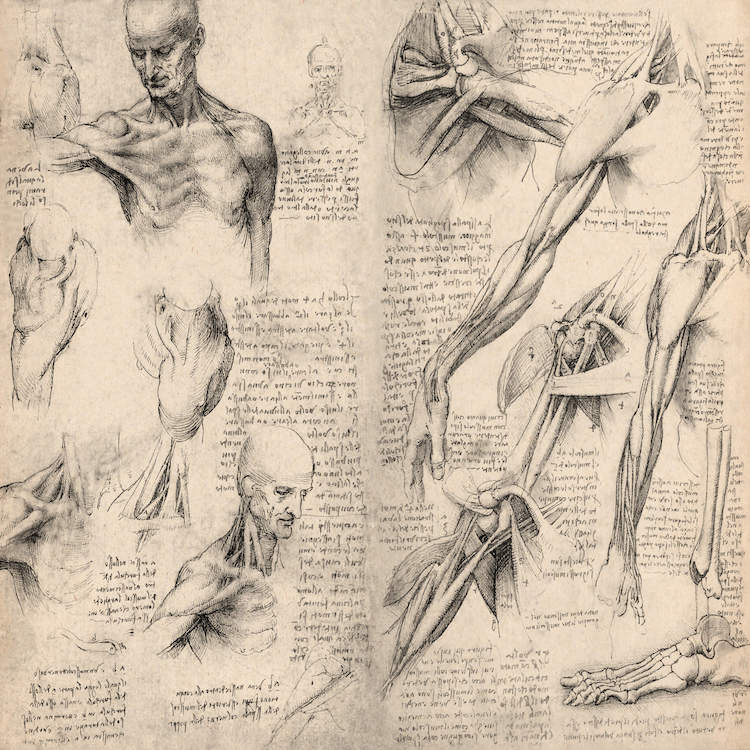
Writing on music – Structure
Every assignment on the Music Degree requires some form of written work; whether through listening and learning logs, critical reflections, or essays. Cultivating an academic writing style is often a long, difficult process and it wasn’t until I had finished my PhD that I believed my prose was of an acceptable standard. In assessing work at OCA, I have encountered a number of common problems with student submissions; in this blog post, I will deal with structural issues.
When people cook a meal, they tend to consult a recipe, and assemble the ingredients first, before they commence cooking. Painters will often sketch first, then paint in layers of increasing detail; they rarely start at the bottom left-hand corner of the canvas, and work until they have reached the top right-hand corner. These tasks are complex, and are comprised of multiple steps; thus a plan is necessary. Yet, when students write essays they often avoid planning; they launch into their assignment without a solid idea of how the assignment will end and what it will say. When students do this, they often think they are saving time (“Planning takes time, therefore if I skip that step, the essay won’t take as long to write”) but this is a false economy, temporally speaking. Planning properly saves time and makes the writing process less intimidating.

A common issue I see in student writing is repetition. For example, a subject might be mentioned in the first paragraph, and then a very similar idea might be mentioned in the fourth paragraph, and again in the seventh paragraph. Surely it would make sense If these ideas were combined into a single paragraph?
Another issue I frequently encounter is the non-sequitur. It is important that there is a sense of continuity and logic from one sentence to another, and ideally from paragraph to the next. After that, I went to the bank. (Despite being grammatically correct, that sentence doesn’t really make much sense!)
Fortunately, there is an easy method you can employ which helps you plan your essay, which saves time, and helps you avoid repetition and non-sequiturs. It is a three step process:
- Make bullet points
- Turn the bullet points into sentences
- Turn the sentences into paragraphs
The first step is arguably the most important. Some students find that beginning an essay with a blank screen (or piece of paper) can be intimidating. However, making a list of bullet points is an relatively easy starting point; worrying about grammar and clarity of expression can wait. Once the list of bullet points has been completed, it can be rearranged until it is presented in the most sensible, logical order; this helps avoid repetition and non-sequiturs. If the bullet points make sense, you can be confident the essay will be logical and well-structured.
The second and third steps can be completed in a flexible manner. The bullet points allow you to complete the sentences and paragraphs in any order; if you find yourself stuck on the first bullet point, you can move on to another bullet point – this helps avoid writer’s block.
Try this technique next time you have to submit an essay, and see whether it improves the speed and quality of your writing.
|
|







Very helpful. I am guilty of having ideas but not arranging them very logically, and losing references. Music students may find this book helpful – I certainly have.
Music in Words by Trevor Herbert, published by ABRSM